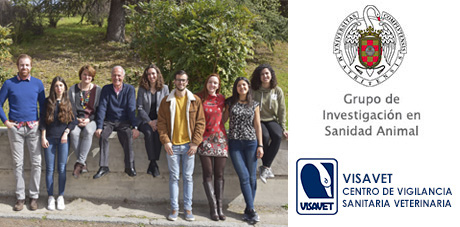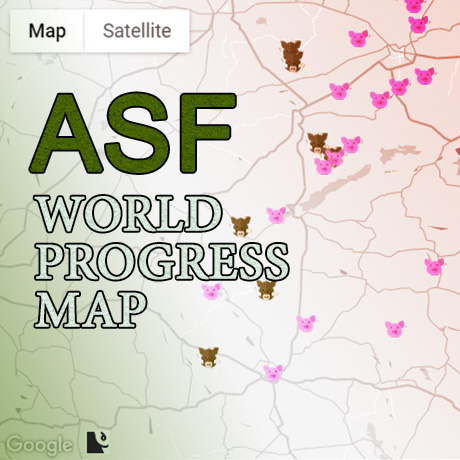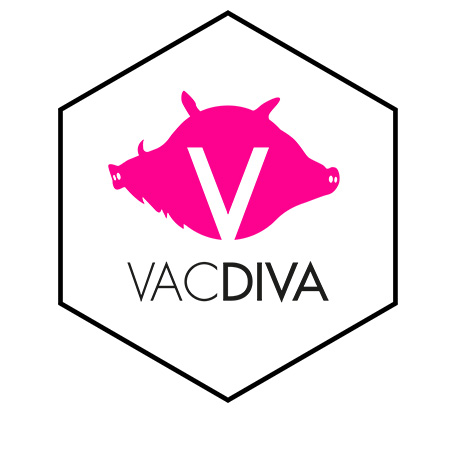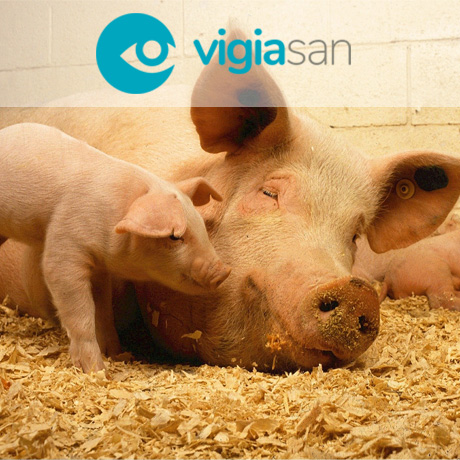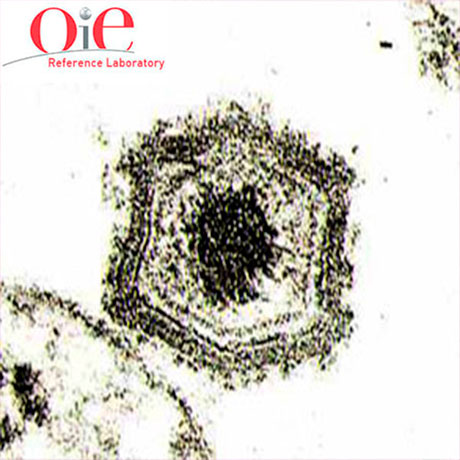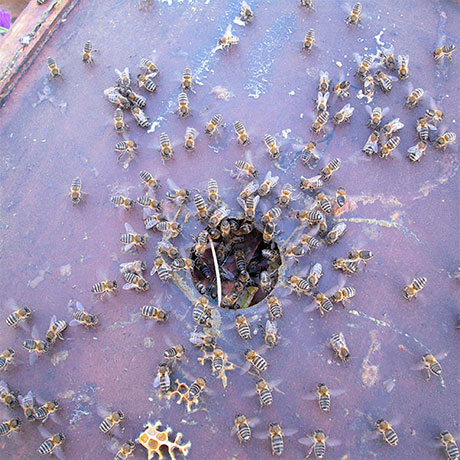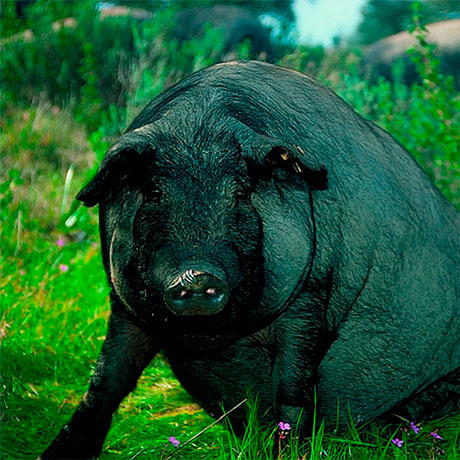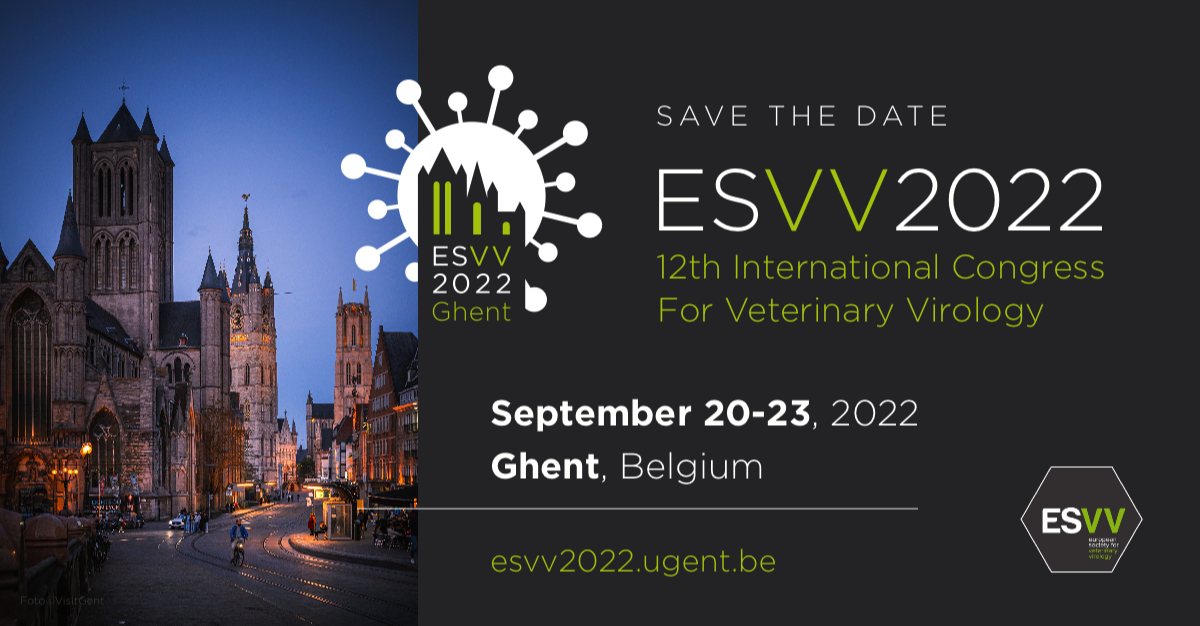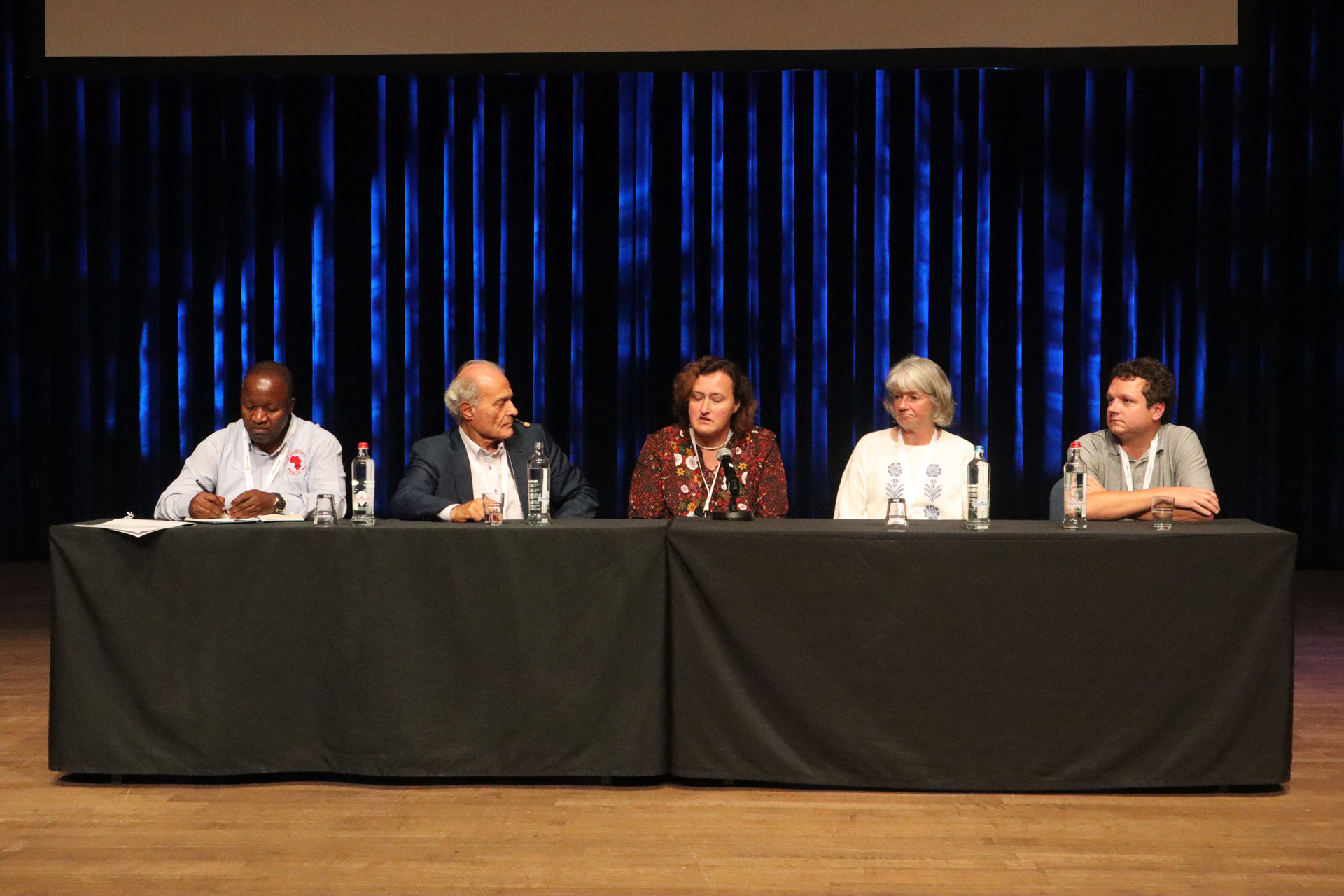Entrevista para The Guardian
L os científicos se apresuran a crear una vacuna para el mayor brote de enfermedad animal del mundo.
os científicos se apresuran a crear una vacuna para el mayor brote de enfermedad animal del mundo.
Artículo en el periódico The Guardian en la que entrevistan al Profesor Sánchez-Vizcaíno.
Feria Internacional Ganadera de Zafra
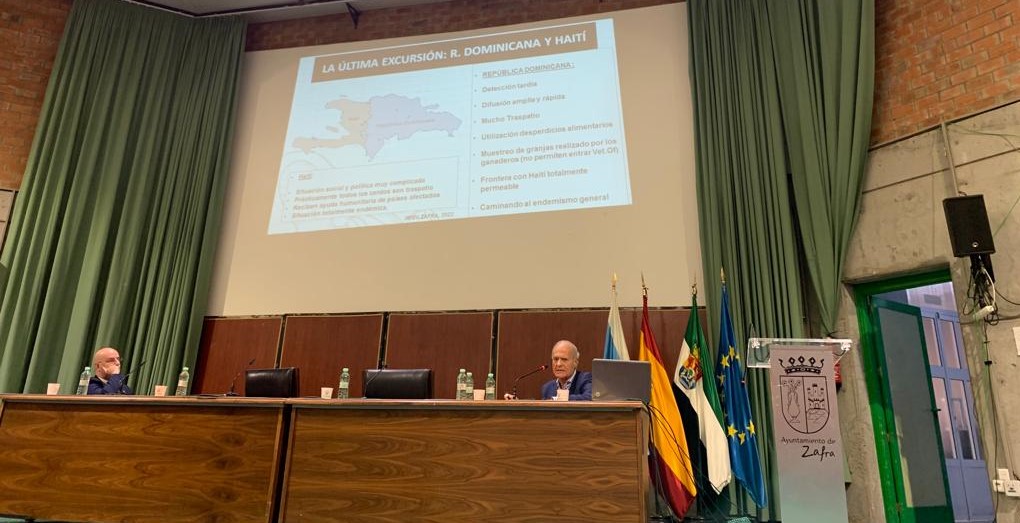
El pasado viernes 30 de septiembre el Profesor Sánchez-Vizcaíno participó en Feria Ganadera de Zafra 2022: https://fig.zafra.es/
ANAPORC 2020
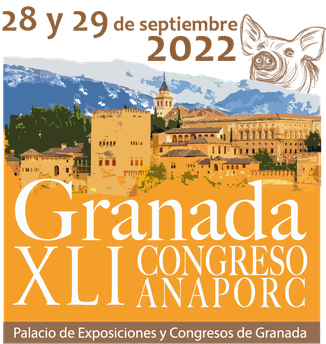 El próximo 28 de septiembre en el Palacio de Exposiciones y Congresos de Granada, el profesor Sánchez-Vizcaíno impartirá una ponencia titulada "La vacuna frente a la PPA, cada día más cerca".
El próximo 28 de septiembre en el Palacio de Exposiciones y Congresos de Granada, el profesor Sánchez-Vizcaíno impartirá una ponencia titulada "La vacuna frente a la PPA, cada día más cerca".
ESVV2022
La Hora Porcina con J.M. Sánchez Vizcaíno
Entrevista en AgrinewsTV a José Manuel Sánchez Vizcaíno sobre la amenaza de la Peste Porcina Africana.
Good and bad get together: Inactivation of SARS-CoV-2 in particulate matter pollution from different fuels
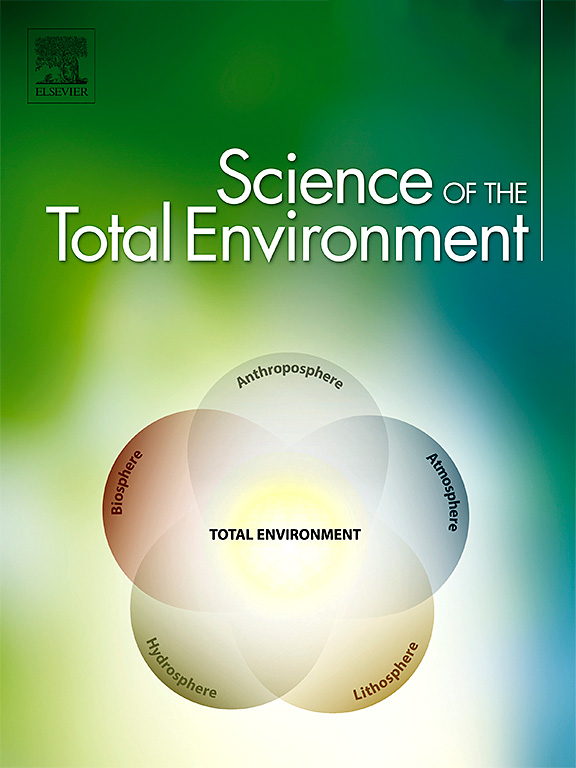 Publicamos un nuevo artículo de investigación interdisciplinar en la revista Science of the Total Environment.
Publicamos un nuevo artículo de investigación interdisciplinar en la revista Science of the Total Environment.
Resumen: Air pollution and associated particulate matter (PM) affect environmental and human health worldwide. The intense vehicle usage and the high population density in urban areas are the main causes of this public health impact. Epidemiological studies have provided evidence on the effect of air pollution on airborne SARS-CoV-2 transmission and COVID-19 disease prevalence and symptomatology. However, the causal relationship between air pollution and COVID-19 is still under investigation. Based on these results, the question addressed in this study was how long SARS-CoV-2 survives on the surface of PM from different origin to evaluate the relationship between fuel and atmospheric pollution and virus transmission risk. The persistence and viability of SARS-CoV-2 virus was characterized in 5 engine exhaust PM and 4 samples of atmospheric PM10. The results showed that SARS-CoV-2 remains on the surface of PM10 from air pollutants but interaction with engine exhaust PM inactivates the virus. Consequently, atmospheric PM10 levels may increase SARS-CoV-2 transmission risk thus supporting a causal relationship between these factors. Furthermore, the relationship of pollution PM and particularly engine exhaust PM with virus transmission risk and COVID-19 is also affected by the impact of these pollutants on host oxidative stress and immunity. Therefore, although fuel PM inactivates SARS-CoV-2, the conclusion of the study is that both atmospheric and engine exhaust PM negatively impact human health with implications for COVID-19 and other diseases.
de la Fuente J, Armas O, Barroso-Arévalo S, Gortázar C, García-Seco T, Buendía-Andrés A, Villanueva F, Soriano JA, MazuecoS L, Vaz-Rodrigues R, García-Contreras R, García A, Monsalve-Serrano J, Domínguez L y Sánchez-Vizcaíno JM.



